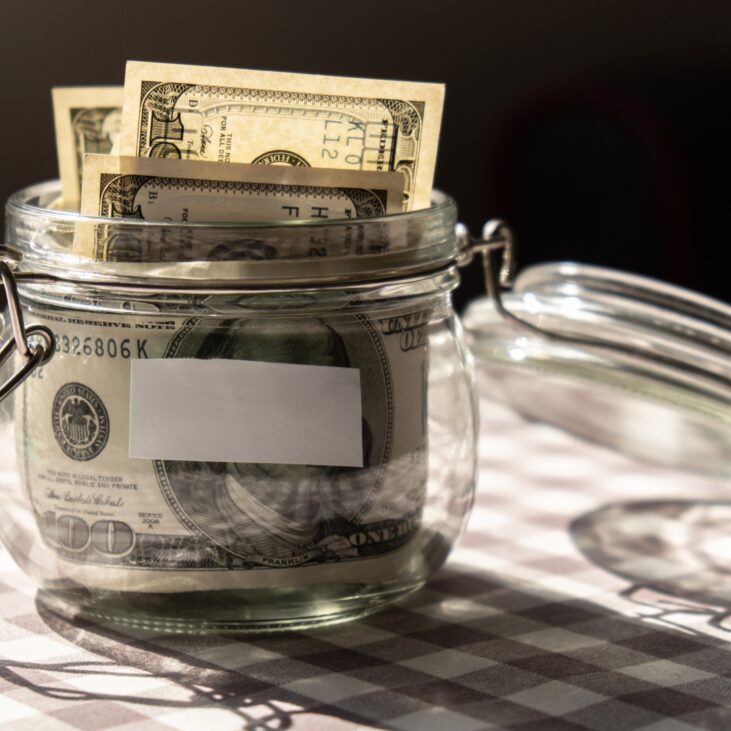Takeaways
- Credit utilization fluctuates with purchases and debt payments.
- High credit utilization can damage your credit score.
- Credit utilization is a major variable in calculating your credit score.
- You can lift credit utilization by paying off debts and increasing credit limits.
- Improving your credit utilization can be done in only a few steps.
Get smart with your money and understand how credit utilization impacts your credit score. If you have a credit card, mortgage, or auto loan, you are probably familiar with the concept of a credit score. A credit score can impact the types of credit cards or loans you are eligible for and the interest rates charged. The higher your credit score, the better lending terms and benefits you will receive.
Your credit utilization is a huge factor when credit scoring companies, such as FICO or VantageScore, use your credit report to calculate your credit score. In fact, both your credit utilization and payment history are the two most important factors impacting your credit score.
5 Steps to Lower Your Credit Utilization
Here are five steps to improve your credit utilization:
1. Monitor Your Credit Cards
Most consumers in the United States have more than one credit card. In 2022, U.S. consumers had an average of four credit cards[1]. When managing multiple credit cards, tracking your spending can get complicated quickly.
Create a smart money habit of overseeing how much you are using on each credit card. Here is a quick list for ensuring you are keeping tabs on your credit cards:
- Make a list of your credit cards
- Monitor your cards for fraudulent charges
- Track your monthly spending
- Keep your expenses low
Using too many cards too quickly can increase your credit utilization and decrease your credit score. Monitoring your credit utilization starts with understanding how credit utilization is calculated.
Smart Money -> Best Credit Cards of 2024
2. Calculate Your Credit Utilization
Managing multiple credit cards can be easier when everything is all in one place. Use the Smart Money Calculator below to calculate your credit utilization. Use the left inbox to tally your credit card balance and the right column to insert that credit card’s credit limit.
Not sure where to find your credit limit? Check your credit card balance online account for more information, or call your credit card company to confirm.
3. Pay Off Your Debt
Whether you want to be debt-free or not, paying your credit payments on time will only help your credit score. Not only will paying on time help your payment history, but it will also help you keep your credit utilization on track.
Smart Money -> How to Pay Off Debt Using the Snowball Method
Using a smaller portion of your credit is essential to maintaining a healthy credit utilization. Preserving a small outstanding credit balance is important for your overall financial health and net worth.
Credit cards ease what financial phycologists call the “pain of the transition”, making it easy to buy goods. Credit cards are attractive because of this frictionless payment mechanism. The downside, of course, is that overspending can get out of hand. Paying your bills on time and making overpayments to decrease your outstanding balance will improve your credit utilization.
Smart Money -> How to Pay Off Debt Using the Avalanche Method
4. Increase Your Limits
One of the fastest ways to increase your credit utilization is to get your credit limit raised. This is easier to do for credit cards than other types of debt and usually involves contacting your credit card company.
Not sure how to start the conversation? Don’t worry. Smart Money has created a script for increasing your credit limit that you can follow to help navigate the conversation.
If you make regular on-time payments, your credit provider might automatically increase your credit limit as a reward for being a great customer. This is one of the benefits that accrue to you for making your payments on time.
Increasing your credit limit is fast, easy, and free, which can make a big difference to your credit score.
5. Track Your Credit Score
Monitoring your credit score can be one of the best ways to improve your credit utilization. By getting a free copy of your credit report, you can track your credit accounts, monitor your credit limits, and understand how your credit utilization flows into your credit score. You can request a free copy of your credit report from the Annual Credit Report.
Smart Money -> What is a Credit Score?
Smart Money -> 7 Ways to Boost Your Credit Score Quickly
Smart Summary
Lowering your credit utilization can be accomplished by decreasing the amount of credit you use and increasing your credit limits. Budgeting can help you track how much of your monthly or yearly spending you allocate to credit purchases.
Financial health means tracking your consumption activities. As one of the biggest contributing factors to your credit score, monitoring your credit utilization can improve your credit score quickly. Making every dollar count improves all aspects of your finances.
[1] Experian. What is the Average Number of Credit Cards per US Consumer? Last Accessed August 30, 2023.











